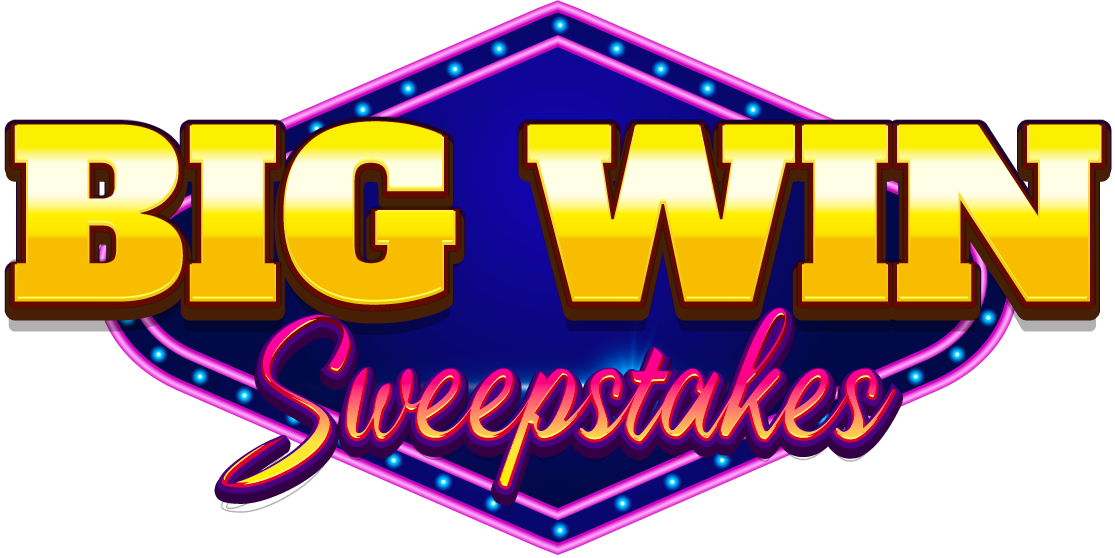Running a sweepstakes can feel exciting and spontaneous — but doing it well means treating it like a campaign, not just a giveaway. When you plan with intention, you’ll align your sweepstakes with your marketing goals, maximize engagement, and protect your brand. Here’s how.
1. Know Why You’re Doing It
Sweeps aren’t just “fun giveaways.” When done right, they can drive serious value — like building your email list, increasing brand awareness, capturing consented data, and even boosting sales. As the article notes: “Sweepstakes are a powerful way to generate quick engagement and reach a broad audience.” RTM
Start by asking:
- What is our primary goal (e.g., leads, awareness, launch, loyalty)?
- Who is our audience and what action do we want them to take?
- How will success be measured?
2. Select the Right Promotion Type
Not all promotions are the same — and your strategy should match your goals. According to the guide, you should decide: promotion type → entry method → prize & winner management → legal compliance. RTM
Some common types:
- Sweepstakes (chance-based): Good for broad reach and easy participation.
- Contest (skill-based): Better for deeper engagement and user-generated content.
- Instant Win / Game: Good for frequent engagement and repeat visits.
Choose the format that fits your goal.
3. Define How People Will Enter
The entry method impacts both user experience and the data you collect. According to the source, entry methods could include microsites, social media platforms, SMS/text-to-enter, or in-store/offline methods. RTM+1
Considerations:
- Will entry be via a dedicated landing page or within a social feed?
- What data do you want to collect? (Keep it simple to avoid drop-off.)
- How will the brand experience look (mobile friendly, consistent with visuals)?
- Are there barriers to entry that might reduce participation?
4. Choose a Prize Strategy & Manage Winners Effectively
The prize isn’t just the reward—it’s a key motivator and part of your brand narrative. The guide emphasizes aligning your prize strategy with marketing objectives, and planning winner outreach and fulfillment. RTM+1
Ask yourself:
- Does the prize speak to our target audience?
- How many prizes? What value? What variety (grand prize + runner-ups)?
- How will we notify winners and handle logistics/fulfillment?
- How will we share the winner story (for social proof, future campaigns)?
5. Handle Legal & Compliance from Day One
Sweepstakes involve more than creative ideas—they require legal structure. The source stresses drafting official rules, offering an Alternate Means of Entry (AMOE), and managing state/federal regulations. RTM
What you must cover:
- Official rules: eligibility, prize details, entry period, winner selection.
- Free entry route if you also require purchase or other consideration.
- State/regulatory requirements: bonding, registration, winner list filings.
- Data privacy and security of entrant information.
6. Integrate the Sweepstakes Into Your Wider Marketing
A sweepstakes should not be an island. Use it to amplify your broader strategies: product launch, seasonal moment, loyalty program boost, email list growth. The guide mentions using sweepstakes for purchase-based entry, quick engagement, seasonal tie-ins. RTM
Examples:
- Launch-phase: “Enter for a prize when you sign up for our new product alert.”
- Seasonal push: “Holiday giveaway” tied to holiday shopping.
- Loyalty build: “Exclusive sweepstakes for members + their friends” to boost referrals.
Make sure your campaign connects to your ongoing marketing flows (emails, social, SMS, CRM).
7. Set Clear Metrics & Timeline
To manage success, you need measurement. Decide upfront: how many entries? How many new leads? Engagement rate? Social shares? Align entry period and promotion timeline with your goals (e.g., 4–6 weeks, or tied to a particular event).
Also plan post-campaign: How will you nurture entrants (winners and non-winners)? What’s your follow-up strategy?
8. Promote Smartly & Fulfil with Care
Getting people to enter is half the battle; making sure your brand reputation stays strong is the other half.
- Launch with coordinated promotion across channels (owned, earned, paid).
- Ensure winner announcement and prize fulfilment is timely and transparent.
- Publicize the winner story if permissible—it boosts trust and can fuel future campaigns.
- Thank all participants (even non-winners) with a small offer, discount, or next step to keep them engaged.
9. Learn & Iterate
After the sweepstakes ends:
- Analyze results (entries, conversion of entrants to customers, social engagement).
- What worked? What didn’t? Which channels delivered?
- Use insights to refine your next sweepstakes: prize type, entry method, timing, promotion.
Sweepstakes can become part of a long-term promotional playbook, not a one-time event.
Conclusion
Planning a sweepstakes with strategy rather than spontaneity is what separates “just a giveaway” from a campaign that drives business results. From defining your goal through legal compliance, entry method, prize strategy and integration into your marketing ecosystem — each piece matters. When you treat the sweepstakes like a strategic marketing initiative, you maximise reach, data capture, brand affinity and ultimately ROI.
Use these steps as your roadmap and you’ll be well-positioned to launch a sweepstakes that not only excites entrants—but truly aligns with your brand’s growth.

